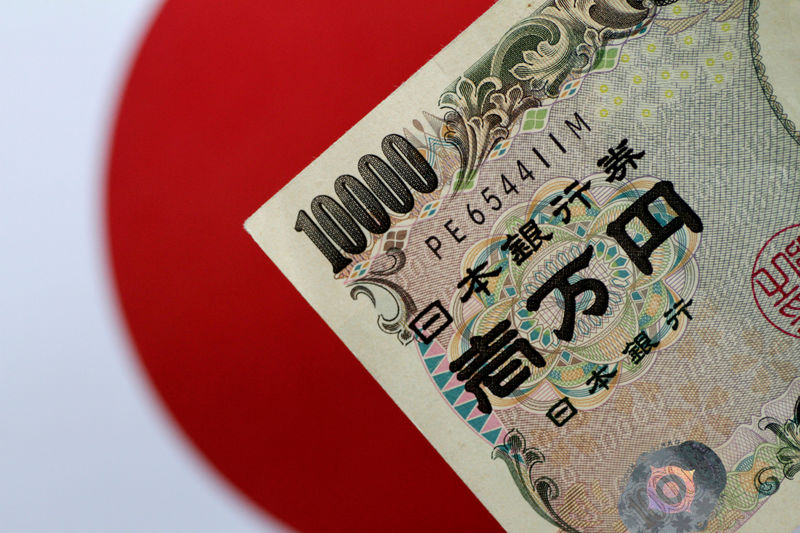Investing.com -- The Japanese yen rose in volatile trade on Friday after the Bank of Japan said it will adopt a looser approach to its yield curve control policy, while broader Asian currencies recovered from some recent losses against a strong dollar.
The yen recovered from initial losses to trade 0.5% higher to the dollar by 00:56 ET (04:56 GMT). But the currency had earlier fallen as much as 0.8% before rising by a similar range.
BOJ signals less strict yield curve control
The BOJ said on Friday that it will adopt a more flexible approach to controlling bond yields, by allowing them to trade fluctuate beyond its target range.
While the bank still maintained its negative interest rates, Friday’s move still marks a potential step towards the end of the BOJ’s ultra-dovish stance, especially as it struggles with higher Japanese inflation.
Data on Friday showed that inflation in Japan’s capital grew more than expected in July.
Still, Friday’s BOJ decision disappointed some traders hoping for a more hawkish stance from the bank. Media reports had shown that the bank was even considering an end to its YCC policy. This was likely behind the near-term volatility in the yen.
Broader Asian currencies strengthened on Friday, brushing off some overnight losses after the dollar rose sharply on stronger-than-expected economic growth data.
The Chinese yuan rose 0.3%, with investors also watching for any more stimulus measures in the country following vows from several top-level officials.
The rate-sensitive South Korean won added 0.4%, while the Indian rupee added 0.1%, taking some support from lower oil prices.
But the outlook for Asian currencies was somewhat dented by stronger-than-expected second quarter U.S. GDP data. The reading pushed up expectations that the Federal Reserve will have enough economic headroom to keep raising interest rates - a scenario that bodes poorly for regional units.
The dollar index and dollar index futures rose slightly in Asian trade after rallying 0.6% overnight.
Australian dollar slides on weak retail sales
The Australian dollar was the worst performer in Asia on Friday, tumbling nearly 0.9% after data showed that retail sales unexpectedly fell in June.
The reading points to slower consumer spending amid pressure from high inflation and interest rates. But it could also herald a coming slowdown in consumer inflation.
This puts less pressure on the Reserve Bank to hike interest rates, with the RBA widely expected to keep rates on hold next week. A pause in the RBA’s rate hike cycle diminishes the outlook for the Australian dollar.
